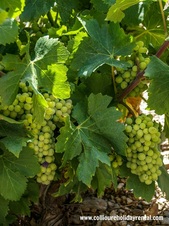
Where we live in Ontario, there is a wonderful wine region called Niagara-on-the-Lake. Over the years we have thoroughly enjoyed exploring both large and small wineries and their distinct wines that are unique to this area. We actually even thought of retiring to this lovely area that enjoys a slightly milder winter and has many charming homes on the banks of the Niagara River. However when we really thought about our goals for retirement, they included extensive travelling which prompted us to research locations in Europe and eventually led us to purchase in France. Collioure has so much to offer from a climate and culture perspective but they also have some really fantastic wines. For us, this just sealed the deal!
Collioure is located in the Languedoc-Roussillon region. This region happens to be the single largest wine producing area in the world with 700,000 acres of vineyards and provides the grapes for more than a third of France’s total wine production. That is one massive region and a whole lot of wine!
The region has an extensive history with grape vines being traced back as early as the 5th century BC and were planted by the Greeks. The Languedoc region has belonged to France since the 13th century and was initially producing very high quality wines. Unfortunately the area was hit very hard in the 19th century by an insect infestation and during the recovery period, many lower quality grapes were planted. This resulted in the focus being directed towards quantity versus quality. Starting back in the 1970’s new winemakers started shifting the direction back to quality wines and began experimenting with new varietals. This resulted in a raising of the reputation and implementation of a classification system in the 1990’s leading to a flourishing of the area once again.
Collioure is located in the Languedoc-Roussillon region. This region happens to be the single largest wine producing area in the world with 700,000 acres of vineyards and provides the grapes for more than a third of France’s total wine production. That is one massive region and a whole lot of wine!
The region has an extensive history with grape vines being traced back as early as the 5th century BC and were planted by the Greeks. The Languedoc region has belonged to France since the 13th century and was initially producing very high quality wines. Unfortunately the area was hit very hard in the 19th century by an insect infestation and during the recovery period, many lower quality grapes were planted. This resulted in the focus being directed towards quantity versus quality. Starting back in the 1970’s new winemakers started shifting the direction back to quality wines and began experimenting with new varietals. This resulted in a raising of the reputation and implementation of a classification system in the 1990’s leading to a flourishing of the area once again.
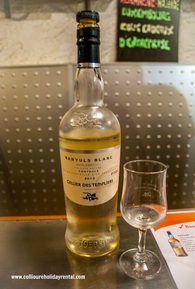
The Mediterranean climate in this area provides an exceptional growing environment. The region’s frequent sunny days, winds that provide dry weather and chalky, limestone soil all meld together to make some outstanding vintages.
In Collioure specifically, we are lucky to have wonderful varietals such as Grenache, Syrah and Mourvedre. They produce red, white and rose varieties and are fortunate enough to also create the specialty wine Banyuls. This fortified wine can take on many different forms but essentially the grapes are left much longer on the vine and are grown on a bush vine that results in a much smaller yield. Wines produced in Collioure must not exceed 5grams of residual sugar per litre meaning Collioure wines are classified as dry. However due to the warmer climate and ripeness of the grapes, many of the fortified wines will tend to have a sweeter taste.
The Cellier des Templiers has incredible Banyuls wines that you can taste in their tasting bars in every surrounding town. You can visit the main winery in Banyuls-sur-Mer to see the production and some of the vineyards. It is a real treat to taste some of the wines that are 20-30 years old. These wines are so unique and only get better with age!
We love to visit the wineries in the immediate area and see the incredible terraces where the vines have been planted and are tended by hand. And as you venture outside of Collioure, you only need to drive a short distance to be in the middle of acres and acres of vineyards.
Each time we visit we try new wineries and different grapes. It is almost overwhelming to see all the choices and determine what we should try next. However we have discussed it and have decided we are definitely up to the challenge of exploring this amazing region!
In Collioure specifically, we are lucky to have wonderful varietals such as Grenache, Syrah and Mourvedre. They produce red, white and rose varieties and are fortunate enough to also create the specialty wine Banyuls. This fortified wine can take on many different forms but essentially the grapes are left much longer on the vine and are grown on a bush vine that results in a much smaller yield. Wines produced in Collioure must not exceed 5grams of residual sugar per litre meaning Collioure wines are classified as dry. However due to the warmer climate and ripeness of the grapes, many of the fortified wines will tend to have a sweeter taste.
The Cellier des Templiers has incredible Banyuls wines that you can taste in their tasting bars in every surrounding town. You can visit the main winery in Banyuls-sur-Mer to see the production and some of the vineyards. It is a real treat to taste some of the wines that are 20-30 years old. These wines are so unique and only get better with age!
We love to visit the wineries in the immediate area and see the incredible terraces where the vines have been planted and are tended by hand. And as you venture outside of Collioure, you only need to drive a short distance to be in the middle of acres and acres of vineyards.
Each time we visit we try new wineries and different grapes. It is almost overwhelming to see all the choices and determine what we should try next. However we have discussed it and have decided we are definitely up to the challenge of exploring this amazing region!

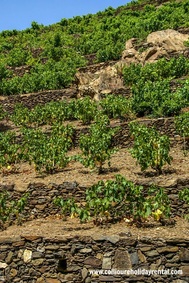
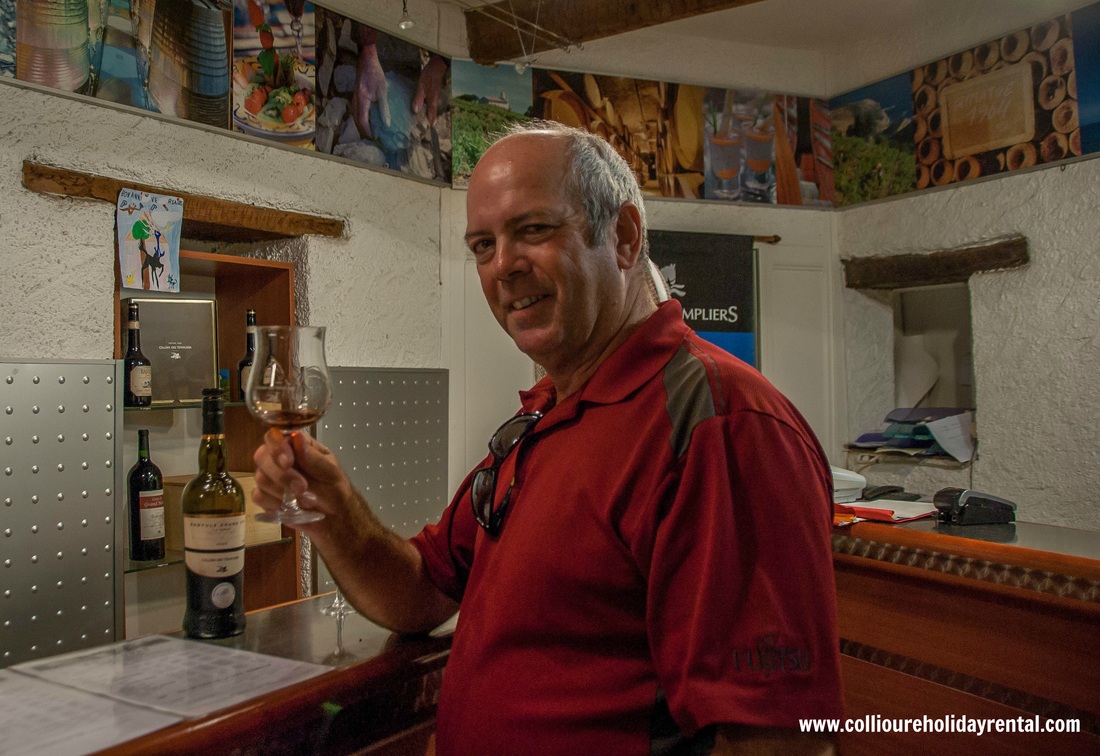
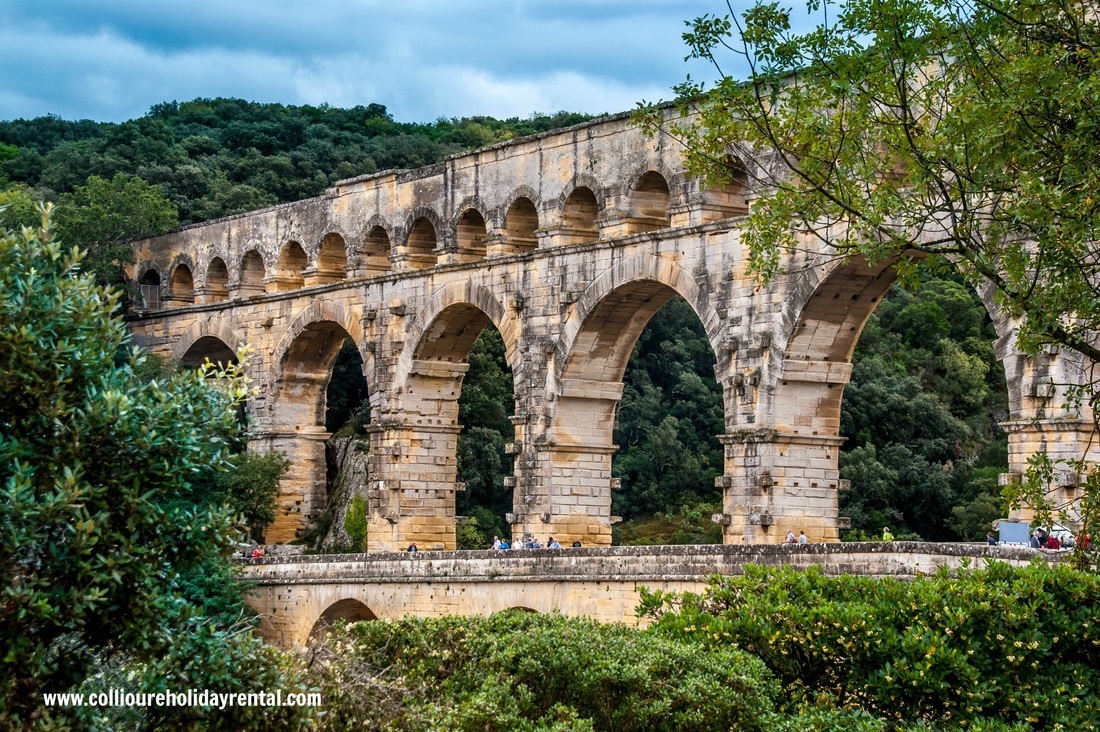
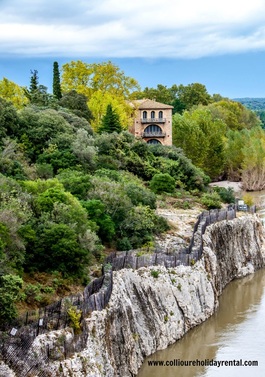
 RSS Feed
RSS Feed